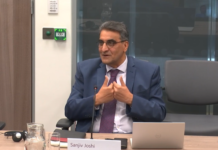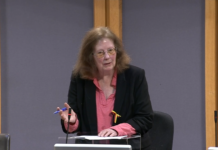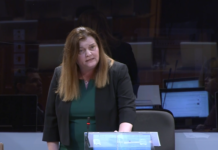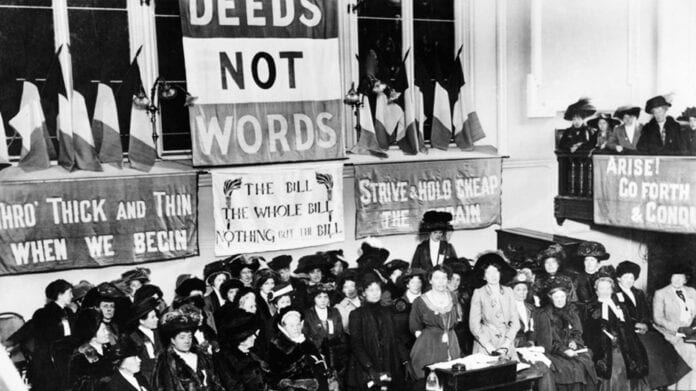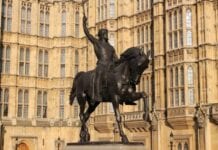Can you imagine turning up at the ballot box to cast your vote and getting turned away just for being a woman? This is what it was like for women in the nineteenth and early twentieth centuries.
To fight this injustice groups of women banded together to campaign for a change in the law. They wanted the ability to influence who was chosen to govern them: the suffragettes prominently campaigned for the right of women to vote; but they also wanted all men to vote as well. This was because poor men were also ineligible to vote and the Chartist Movement was hugely successful in bringing the issue of voting rights for the working class to the attention of the government.
The Daily Mail newspaper first came up with the name Suffragette as a way of mocking the women in the movement. But the women embraced the name and became proud suffragettes.
Initially, the early suffragettes campaigned for women to be allowed to vote on the same basis as men. As a result this would have excluded working class women from voting. The suffragettes would later campaign for universal suffrage because they wanted all men and women to have the ability to cast a vote regardless of how wealthy they were.
To begin with the suffragettes campaigned peacefully holding public meetings and lobbying parliament with petitions. However, this strategy proved ineffective, so in 1903 Emeline Pankhurst founded the women’s social and political union and their motto was ‘Deeds not words’. The emphasis was now to take a more militant approach using violence and disruption to achieve their goal.
The suffragettes would often chain themselves outside the gates of Downing Street as a form of protest because they were not allowed to vote. The more militant approach they took was smashing the windows of homes and businesses in London.
There were serious consequences of the new militant approach that the suffragettes undertook. Over 1,000 of them were sent to prison and many of them went on hunger strike and were force fed by the prison authorities.
They were becoming bolder with their actions. Emily Davison was a teacher and a suffragette who had been arrested multiple times whilst fighting for women to have the right to vote. She was force fed numerous times whilst in prison. Emily paid the ultimate price whilst protesting in front of the king at the Epsom races in 1913. She ran in front of the king’s horse whilst it was running in the race and she later died of her injuries. It is not known whether she intended to die. But this shows that women were very serious about obtaining the right to vote.
The controversial tactics that the suffragettes were deploying meant that a lot of people were against the movement, so they joined The Anti-Suffrage Movement. This movement actively campaigned for women not to get the vote. By 1914 the national League for Opposing Women’s Suffrage had 42,000 paid members and thousands more non-paying members. This movement campaigned for a referendum to settle the issue and they were confident of winning. There was a fear that once women were allowed the vote then they would not marry and have children. Lord Curzon, president of the national League for Opposing Women’s Suffrage made the argument that because women were not allowed to join the police or military then they should not have a say in sending men to war or making laws that men must enforce.

The beginning of the First World War in 1914 ended the militancy of the movement. Emeline Pankhurst helped coordinate with the government the roles of women during the war. The war ended in 1918 and in the same year the British Government passed the Representation of the People Act which granted women over the age of 30 the right to vote. However, it wasn’t until 1928 that all men and women over the age of 21 were allowed to vote.
Women during the First World War participated in jobs that were traditionally for men. However, whilst they didn’t get the same level of pay as the men, they showed that they were more than capable of being equal to men in the workplace. Once the war had ended women were expected to quit their jobs and allow the men that were coming back from serving in the war to get their jobs back. Whilst this was a gross injustice to the women that had been carrying the burden of workload during the war they could be proud that finally they had won themselves the right to vote.
Help keep news FREE for our readers
Supporting your local community newspaper/online news outlet is crucial now more than ever. If you believe in independent journalism, then consider making a valuable contribution by making a one-time or monthly donation. We operate in rural areas where providing unbiased news can be challenging. Read More About Supporting The West Wales Chronicle













